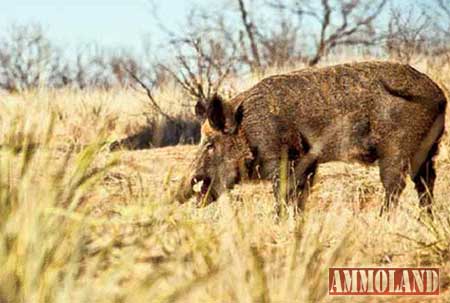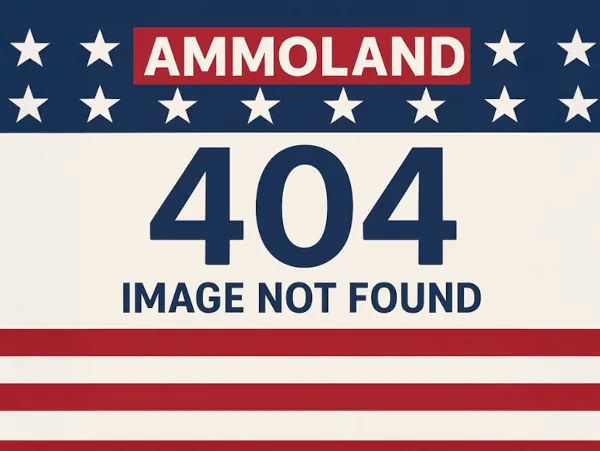

Camden, AR -(Ammoland.com)- Dr. Will Daniel does not sugar-coat his feelings about feral hogs. “I hate those pigs.” He has been battling problems with the destructive animals on his family’s land since his teen years.
“We have killed a bunch of them, and they keep coming back, more and more of them.”
The Daniel holdings primarily are timber producing lands. Daniel, 34, is an emergency room doctor who spends much of his free time hunting and working land to improve wildlife habitat. The feral hogs are definite obstacles, he said. For years, he and others have been using a combination of trapping and hunting to kill hogs.
“Trapping by far has been the most productive,” he said.
At first, Daniel and other family members used movable cage traps to work on the hog problem. Success was limited.
“We might catch one, sometimes two in a trap then the pigs would not come near them,” he said. “We went to the circle traps made with wire panels, and we caught a lot more. There is quite a bit of work in setting up these traps, but they catch more pigs.”
With the corral-type traps, a drop gate worked with a trip line closes them on the hogs, Daniel explained. The trap panels are anchored by steel T posts driven well into the ground. In some places, he said, the panels are firmly fastened to nearby trees.
“We have gone to the heart-shaped traps with the ends of the middle panels fixed so a pig can go in but not come out.”
The corral traps are left in place on the Daniel land.
He said, “Some people think other pigs won’t come back to a trap where one has been killed, but we have not had that problem. We catch them in the same places.” Trapping is augmented by shooting. Daniel said, “When I am on a tractor, I carry a rifle with me.”
That rifle is often an AR-15 type, .223 caliber and with a 30-round magazine.
Daniel believes science may hold the answer to the feral hog issue, but that is in the future. He is keeping tabs on experiments in Louisiana with the chemical compound sodium nitrite. Texas and Mississippi are also testing sodium nitrite, which is a poison.
Daniel said, “Pigs are much more affected by sodium nitrite than deer and other animals, but we don’t want to use anything that is harmful to deer or turkeys or anything else.”
Sodium nitrite gained prominence in recent years in Australia where wild hogs were reduced by an estimated 87 percent and with little impact on other wild animals.
Daniel said, “We’ll keep fighting the pigs. When we put in a food plot, they can really tear it up just overnight.”
About The Arkansas Game and Fish Commission (AGFC)
The Arkansas Game and Fish Commission plays an important role in keeping The Natural State true to its name. During the last 100 years, the agency has overseen the protection, conservation and preservation of various species of fish and wildlife in Arkansas. This is done through habitat management, fish stocking, hunting and fishing regulations, and a host of other programs.
